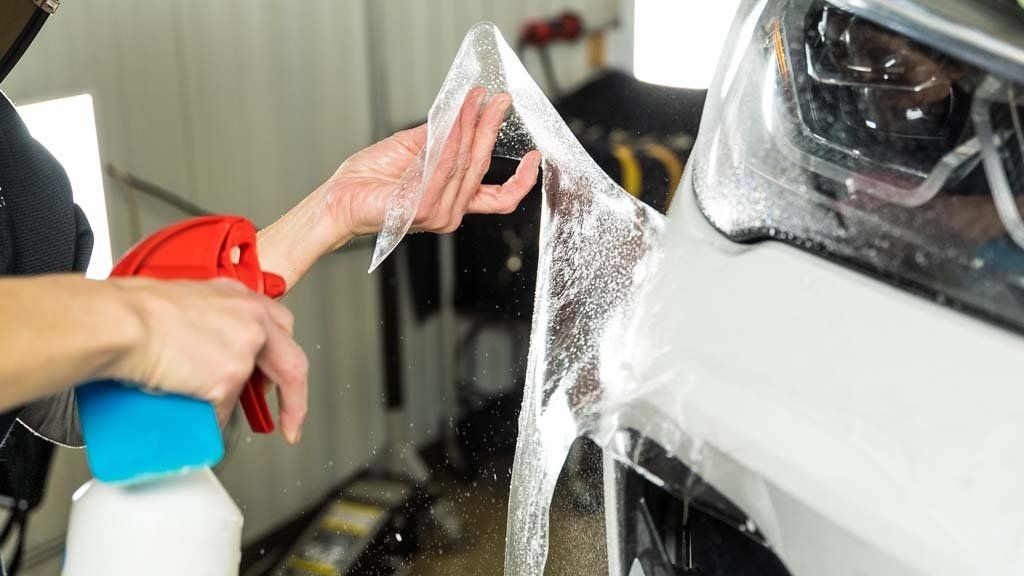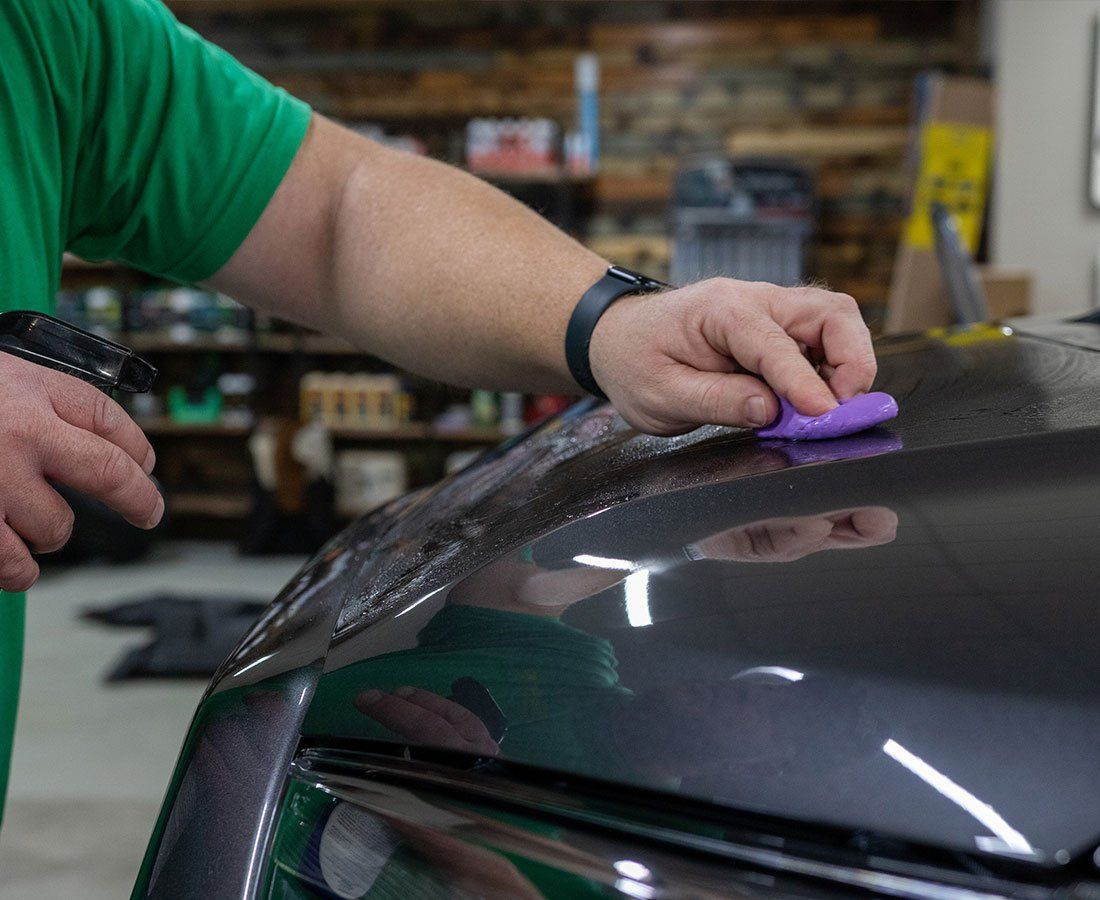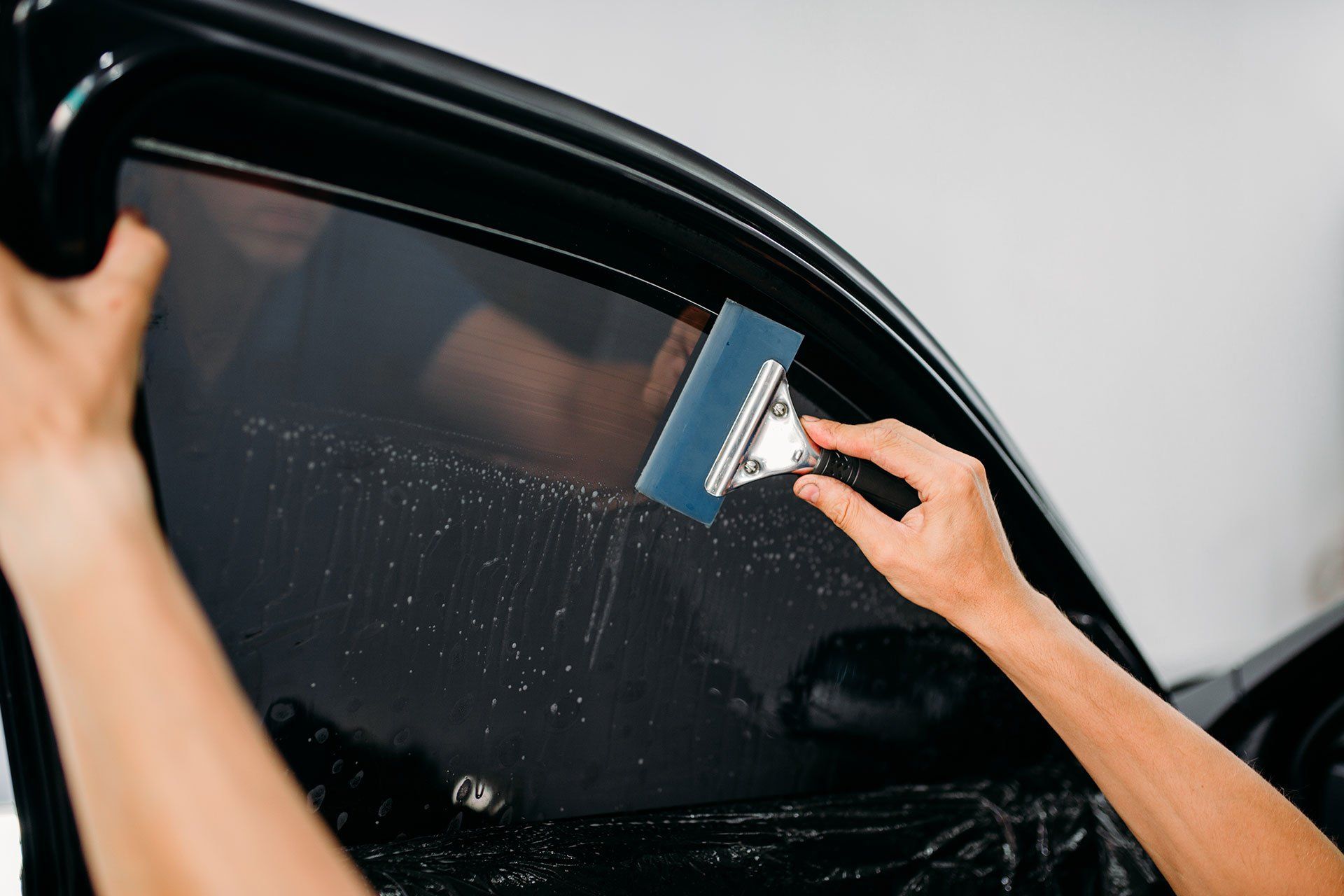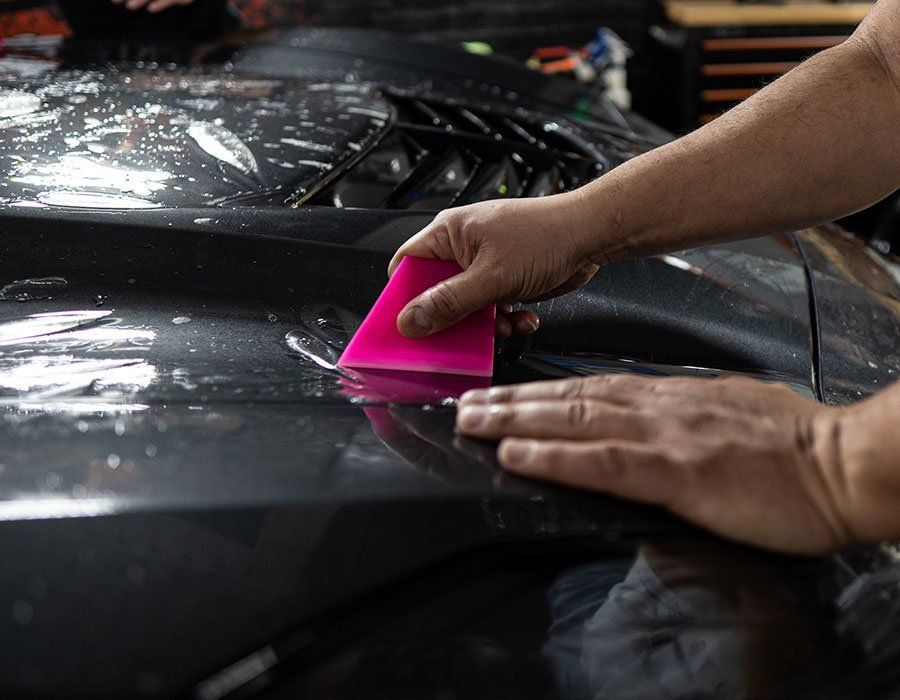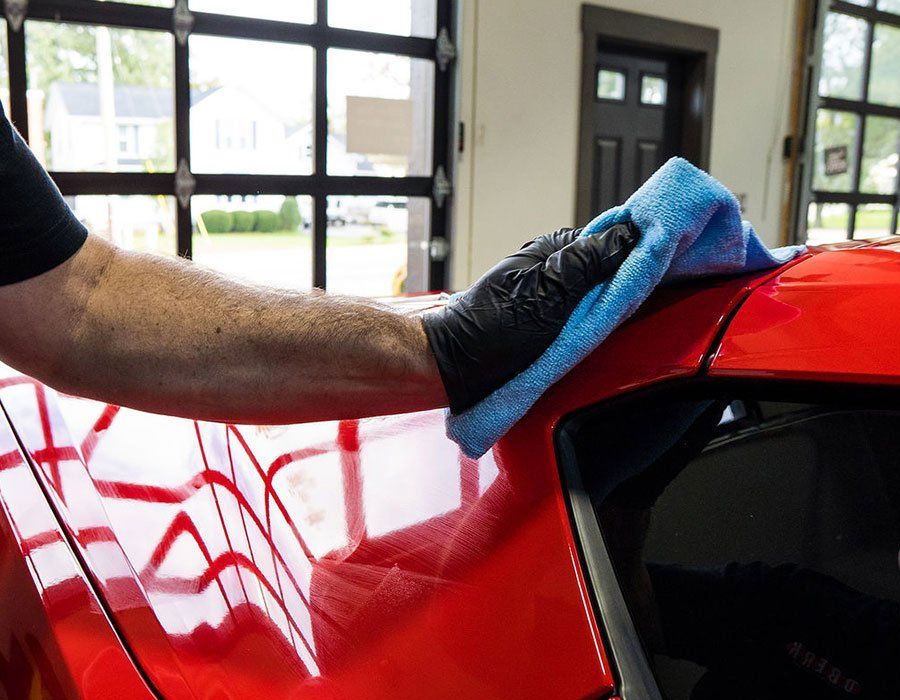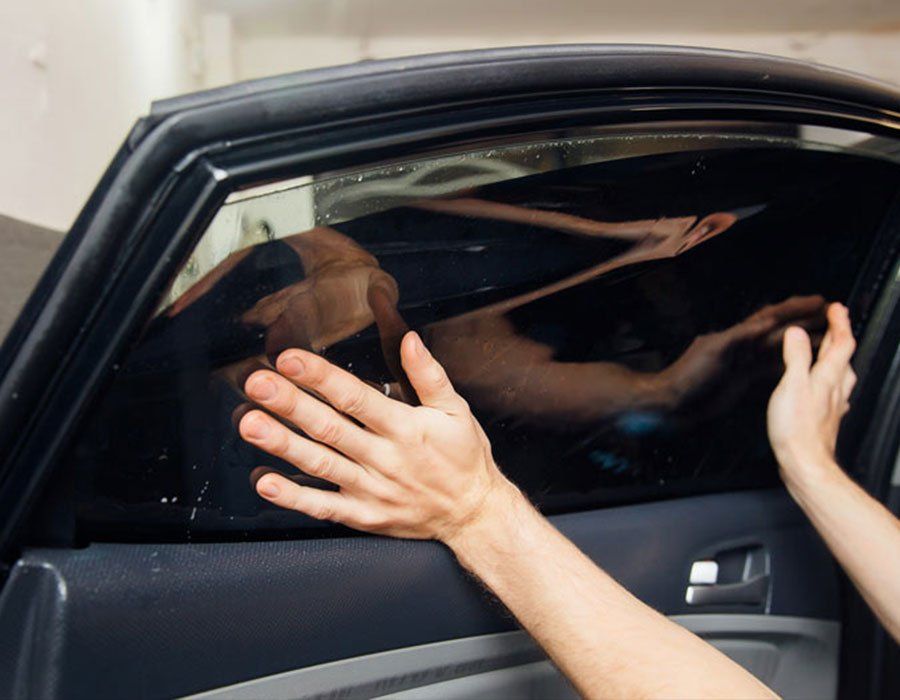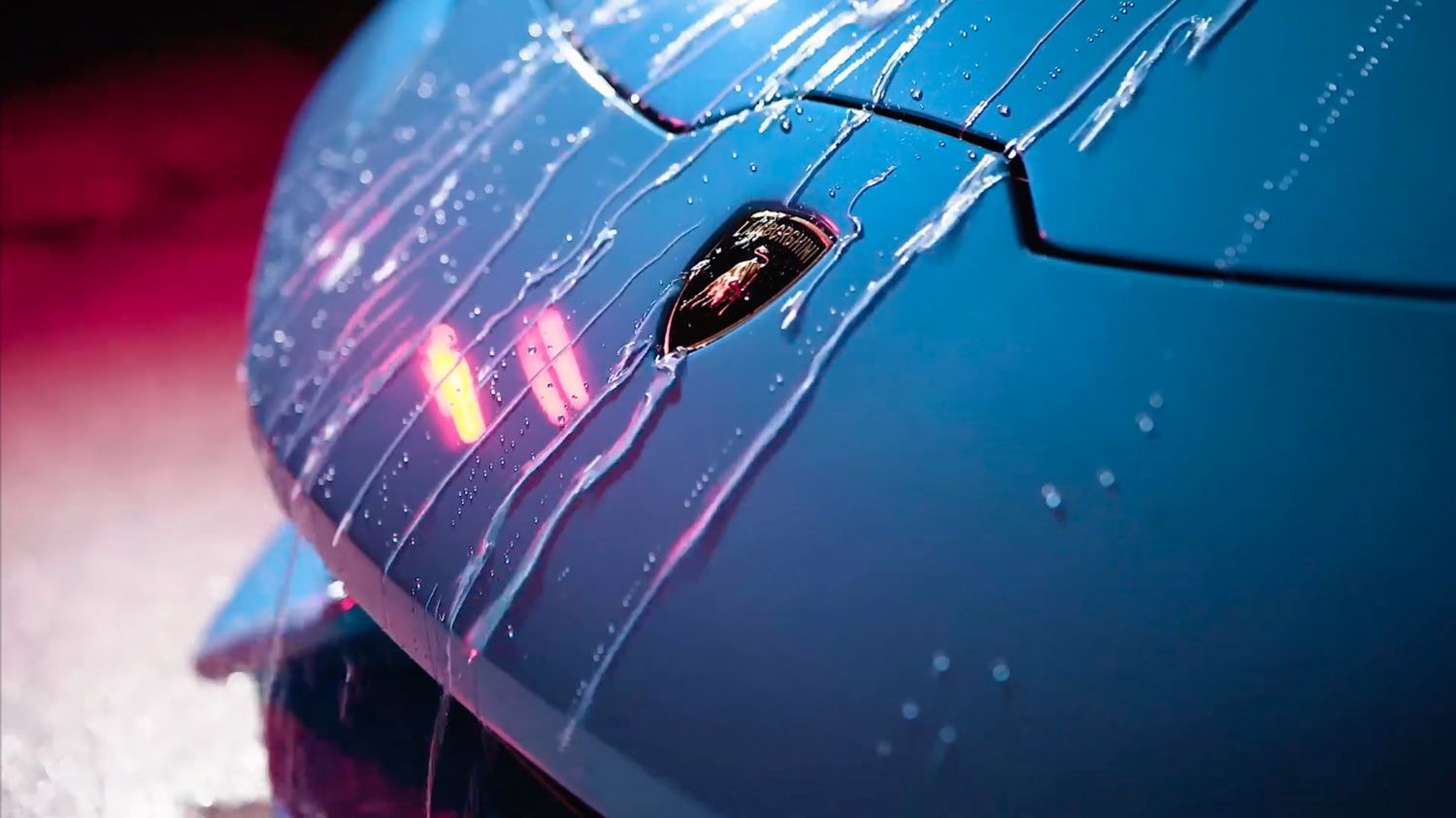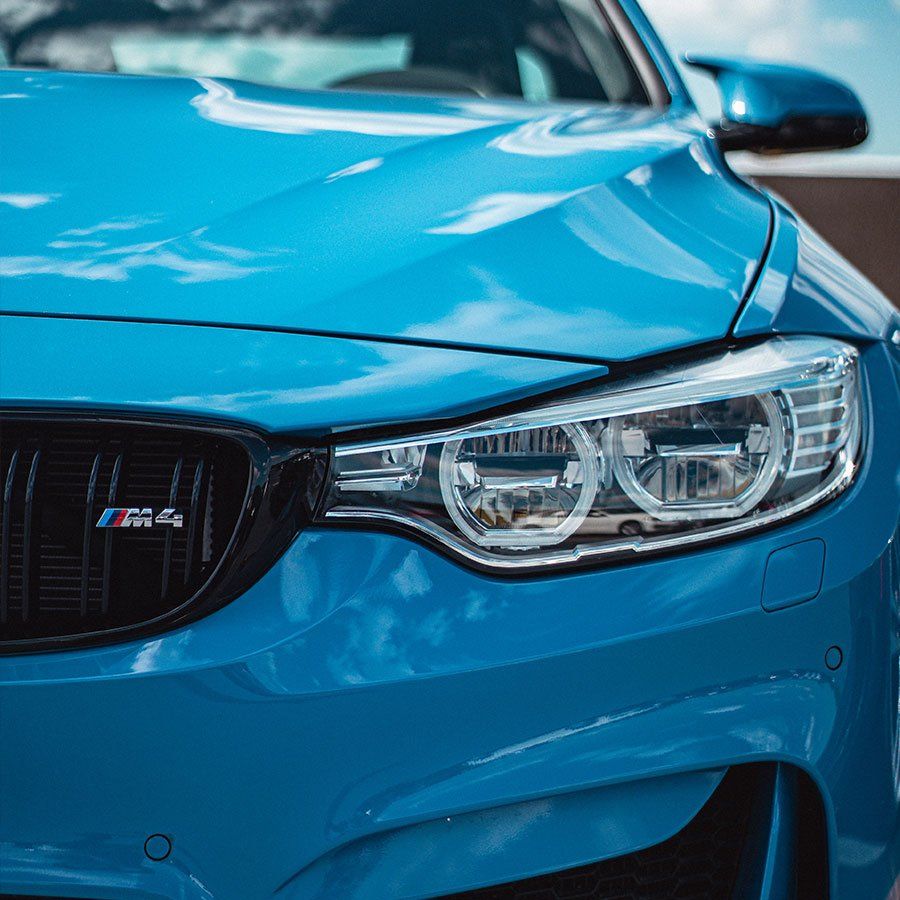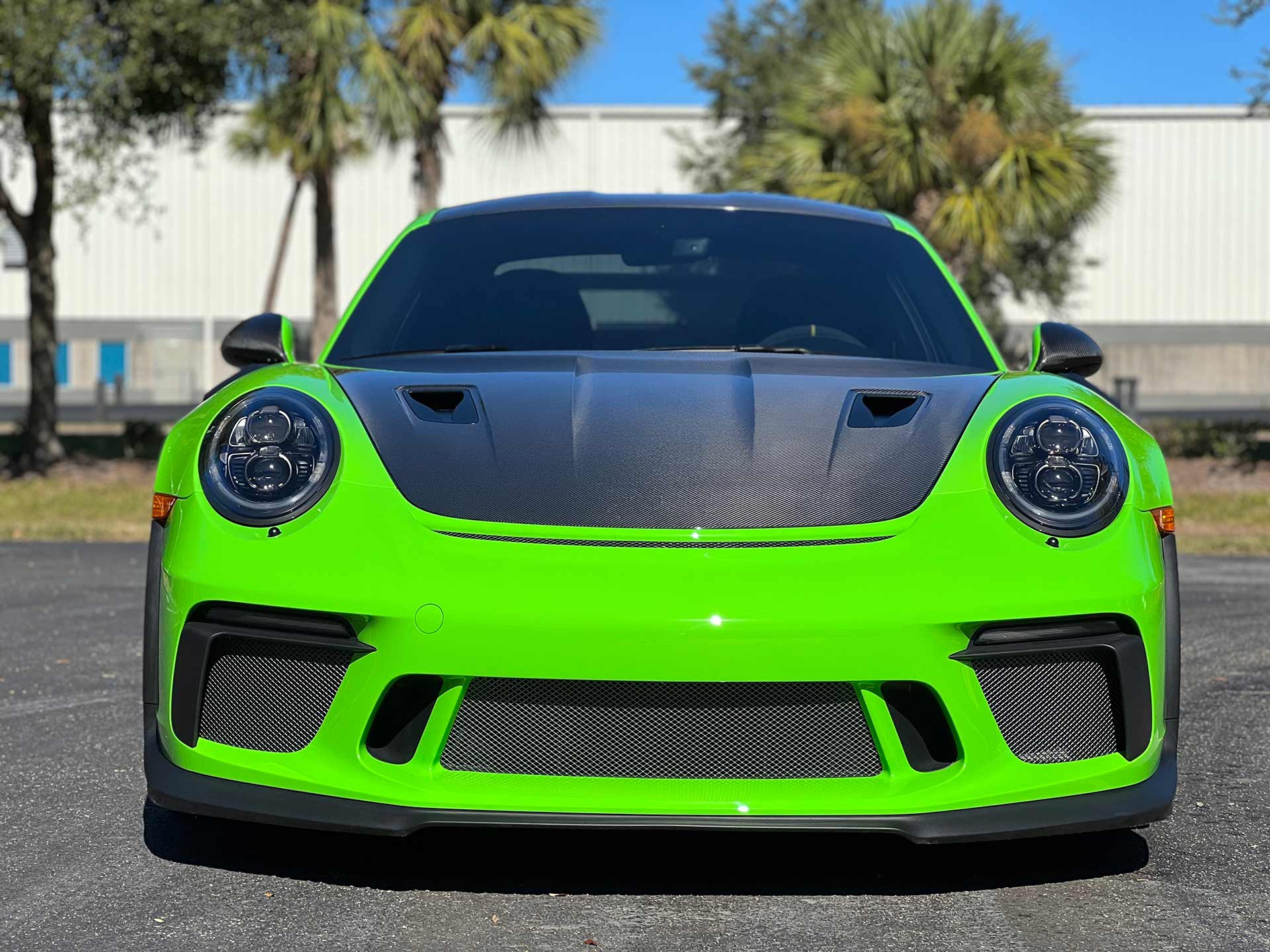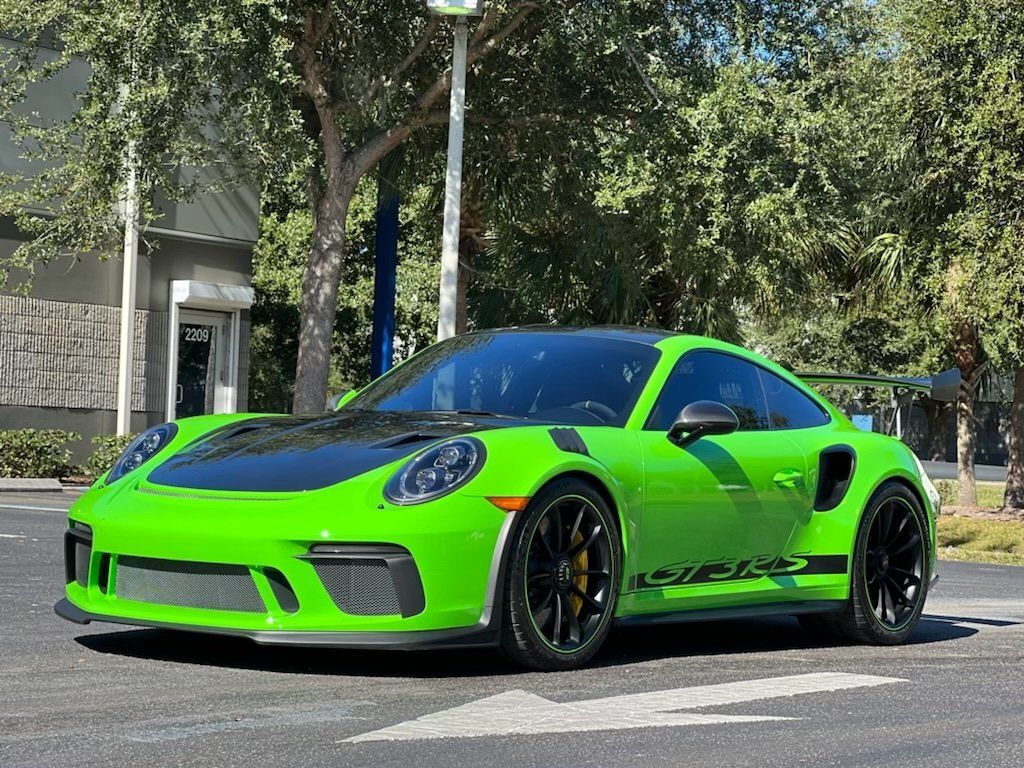Ceramic Coating: Enhancing the Shine and Protection of Your Vehicle
CALL (727) 940-2340
SCHEDULE NOWCeramic coating works like a robust shield for your car's paint. It isn't easily washed off or degraded like regular waxes or sealants. Instead, it sticks tightly to the paint, helping it resist damage from dirt, grime, and rainwater. Think of the ceramic coating as adding an additional layer of shine to your car that lasts longer. Because it combats water, dirt, and other impurities better than other products, your car's clean, glossy look stays intact longer. Now, where the twist comes in is that ceramic coating doesn't just make your car shine brighter; it can make the paint seem deeper and more vibrant. In essence, your ride won't just look well-kept; it could turn heads like an automobile straight out of a showroom. So why not give it a shiny suit of armor?
Ceramic coating significantly enhances the shine of a vehicle by creating a resilient, high-gloss finish that is resistant to environmental damage. Its hydrophobic nature also ensures that water, grime, and impurities bead up on the surface, allowing for easier removal and a consistently brilliant appearance.
Why Cars Look Good With Ceramic Coatings
Ceramic coatings create a transparent, bonded layer on top of your vehicle's paint, acting as a protective shield against environmental hazards. This special coating acts as a hydrophobic barrier, causing water to bead up and roll off the surface instead of sticking to it. This means that dirt, grime, and dust have a harder time clinging to your car’s exterior, helping to maintain that pristine finish. But it's not just about protection. The aesthetic benefits of ceramic coatings are equally impressive. They result in an intensified gloss and shine that is far superior to what traditional wax or sealant can achieve. The smoothness of the coating also contributes to a cooler surface temperature compared to regular clear coat finishes. So, in essence, when you invest in a quality ceramic coating for your vehicle, you're not just enhancing its appearance; you're prolonging its showroom-worthy shine and safeguarding it from the wear and tear of everyday use.
Gloss and Shine: Boosting Vehicle Aesthetics
You may have noticed how a freshly waxed car has that extra shimmer and sparkle, making it stand out as if it had just rolled out of the showroom. Well, ceramic coatings take this to a whole new level. The hydrophobic nature of ceramic coatings means that water, grime, and other impurities bead up on the surface instead of clinging to it. This makes cleaning easier without leaving streaks or watermarks that can dull the appearance. Moreover, in addition to the easy removal of water and dirt, the enhanced gloss and shine are another standout feature of ceramic coatings. Imagine looking at your car in bright sunlight and seeing the paint's depth and clarity shine through like never before. The intense reflection and added depth create a multi-dimensional sheen that truly sets your vehicle apart.
Ceramic coatings create an exceptional hard layer that offers long-lasting defense against environmental factors. This ensures the glossy finish isn't just for show—it also guards against fading, discoloration, and damage from UV radiation. Essentially, it's like having a shield of armor that maintains your car's sleek appearance regardless of what nature throws at it. This boost in aesthetics doesn't just last a few days; it lasts for years to come. Traditional waxes and sealants may offer temporary enhancement, but their effects tend to fade after a few months. In contrast, ceramic coatings maintain their dazzling sheen and protection for an extended period, ensuring your car looks its best for the long haul. The lasting radiance of ceramic coatings lies in their chemical bonding with the paint surface. Unlike wax or sealant that can wear off over time, the durable bond formed by ceramic coating ensures that your car retains its mirror-like finish through seasons of weather exposure, road dust, and daily wear and tear.
Wax Coatings Versus Ceramic Coatings
When it comes to shielding your car's paint, there's often a debate about the use of traditional wax versus modern ceramic coatings. Let's examine the key differences between these two options so that you can make an informed decision on how best to care for your vehicle.
Wax Coatings: Wax has been the go-to choice for many years, and for good reason. It provides a glossy finish and offers moderate protection for your vehicle's paint. However, the trade-off is that wax coatings typically last for a shorter duration compared to ceramic coatings—usually 1-3 months.
Ceramic Coatings: Ceramic coatings, on the other hand, offer a longer-lasting solution. They are designed to be harder than wax, making your vehicle protected against environmental damage and ensuring that your vehicle maintains its shine for a significantly longer period—spanning 2–5 years, or even longer. This enhanced durability makes ceramic coatings an attractive option for those seeking long-term protection and maintenance of their vehicle's finish. Ceramic coatings also provide superior protection against UV radiation and environmental hazards. This shields your vehicle's paint from the damaging effects of the sun's rays, dirt, road salt, bird droppings, and tree sap. By preserving the integrity of your vehicle's finish, ceramic coatings offer comprehensive protection that contributes to maintaining the aesthetic appeal of your car over time.
It's important to note that while ceramic coatings present several advantages over traditional waxes in terms of durability and protection, the initial cost of application tends to be higher compared to wax coatings. However, considering the extended longevity and effectiveness of ceramic coatings, they are often perceived as a worthwhile investment in maintaining the appearance and structural integrity of your vehicle in the long run.
Importance of Professional Ceramic Coating Application
In the realm of automotive care, ceramic coating has emerged as a game-changer, providing durable protection for a vehicle's exterior surfaces. While many DIY ceramic coating products are available, the importance of professional ceramic coating application cannot be overstated. Let’s delve into the key reasons why entrusting this task to professionals is crucial for maximizing the benefits of ceramic coating.
- Precision in Application: Professional ceramic coating applicators possess the expertise to ensure precise and even application. Achieving a uniform coating thickness is essential for optimal performance, as uneven application may result in inconsistent protection and aesthetic issues.
- Surface Preparation: Proper surface preparation is a critical step in the ceramic coating process. Professionals have the knowledge and tools to thoroughly clean and decontaminate the vehicle's surface, removing any impurities that could hinder the coating's bonding ability. This meticulous preparation is essential for the longevity and effectiveness of the ceramic coating.
- Product Knowledge and Selection: Professionals are well-versed in the variety of ceramic coating products available and can recommend the most suitable one for your specific needs. They understand the differences in formulations, durability, and characteristics, ensuring that the chosen coating aligns with your expectations and requirements.
- Advanced Techniques and Equipment: Professional ceramic coating applicators utilize advanced techniques and equipment to achieve superior results. This may include specialized tools for even application, infrared curing methods, or other innovative technologies that enhance the coating's effectiveness and longevity.
- Durability and Longevity: Professional application significantly enhances the durability and longevity of the ceramic coating. Experts ensure that the coating bonds effectively to the surface, creating a robust protective layer that withstands environmental contaminants, UV rays, and other factors that can degrade the vehicle's paint over time.
- Time and Cost Efficiency: While professional ceramic coating services may involve an upfront cost, they often prove more time and cost-efficient in the long run. Professionals work efficiently, saving you time and delivering a superior result that requires less maintenance compared to a DIY approach.
- Professional Warranty and Accountability: Reputable ceramic coating professionals typically offer warranties on their work. This provides an added layer of assurance, as any issues or concerns that arise post-application can be addressed by the professionals, offering peace of mind and accountability for the quality of their service.
Maintaining the Ceramic Coating
So, you've made a wise investment in a high-quality ceramic coating to protect and enhance the appearance of your vehicle. But what comes next? How do you ensure that your ceramic coating remains effective and continues to deliver that showroom-worthy shine? The key to maintaining a ceramic coating lies in regular upkeep and gentle care. Unlike traditional waxes and sealants, ceramic coatings are designed to withstand environmental exposure and provide long-lasting protection. Here are some essential tips for ceramic coating maintenance:
- Regular Washing with Mild Soaps: It's essential to wash your vehicle regularly using mild soaps and clean water. This will help remove dirt, grime, and other contaminants that can adhere to the surface.
- Avoid Harmful Chemicals and Abrasive Cleaners: Steer clear of harsh chemicals or abrasive cleaners that can degrade the ceramic coating. Opt for pH-neutral soaps and gentle washing mitts to protect the integrity of the coating.
- Professional Detailing for Long-Term Protection: Consider investing in professional detailing services specifically tailored for ceramic coatings to extend the lifespan of the coating and address any imperfections that may arise over time.
By following these essential tips for maintaining your ceramic coating, you're safeguarding your vehicle against environmental hazards while preserving its aesthetic appeal for years to come. Consistent care plays a pivotal role in maximizing the benefits of a high-quality ceramic coating. With these maintenance practices in place, you can enjoy a lasting shine and unparalleled protection for your prized vehicle, truly reaping the benefits of advanced ceramic technology.
Skilled Team for Ceramic Coating Service in Tampa, FL
Unlock the pinnacle of automotive care with Auto Film Guys, where our skilled team stands ready to elevate your vehicle's protection and aesthetics through our
premium ceramic coating services in Tampa, FL. With a commitment to excellence, our expert technicians bring years of experience and precision to every ceramic coating application, ensuring a flawless finish that not only enhances your car's appearance but also provides long-lasting defense against environmental elements. Trust in the mastery of our skilled team at Auto Film Guys to bring out the true brilliance of your vehicle while fortifying its surface against contaminants and damage. Don't settle for the ordinary; choose the extraordinary. Schedule your ceramic coating appointment with Auto Film Guys today or call us at
(727) 940-2340 and let our skilled team redefine your car's allure and resilience.
The Auto Film Guys Blog
